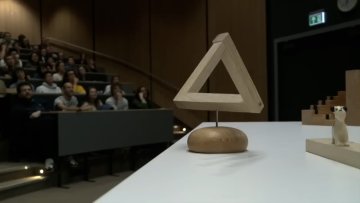The Collisional Particle-In-Cell Method for the Vlasov-Maxwell-Landau
Equations
Bailo, R
Carrillo, J
Hu, J
Journal of Plasma Physics
(09 Jul 2024)
http://arxiv.org/abs/2401.01689v2
Equations


